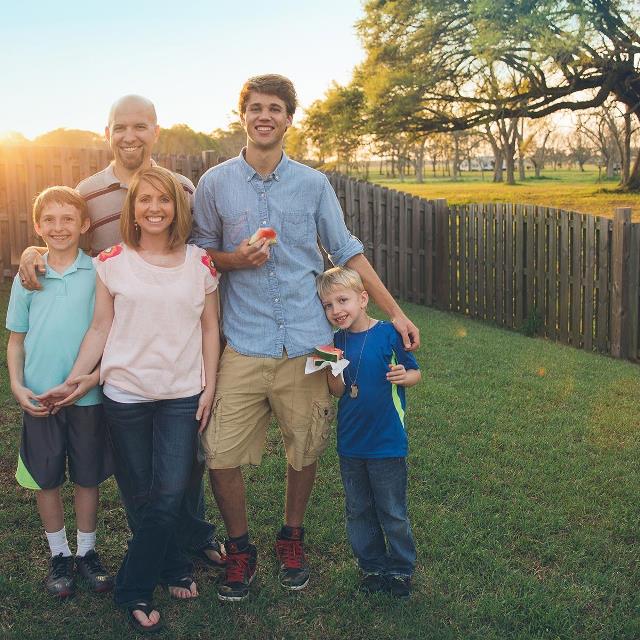

As I write this article from my temporary home near the Southern Alps in New Zealand I can see the snowline is hundreds of metres higher than it should be for this time of year. The rainfall that caused the floods in Belgium and Germany was estimated to have been made nine times more likely by climate change. Extreme weather events are likely to become – or already have become – more common. That lungful contains approximately 409.8 parts per million of CO2, more than at any point in the last 800,000 years.


The effects of this climate emergency are all around us. The hotter it gets, the worse the effects. We know that if we continue with business as usual, the globe will warm by between 2.5✬ and 5✬ by the end of this century.

This November, Glasgow will host COP26 where countries are expected to review their progress on the Paris Agreement and commit to enhanced ambition. The 2015 Paris Agreement commits countries to the aim of limiting warming to 2✬ and to reduce carbon emissions to net zero by 2050. In its most recent report, the Intergovernmental Panel on Climate Change (IPCC) stated: “It is unequivocal that human influence has warmed the atmosphere, ocean and land.” We now know with greater certainty that such warming is affecting weather and climate across the globe. But the warnings about the extent to which emissions of man-made carbon dioxide and other greenhouse gases will disrupt the planet have recently become impossible to ignore. About the events that we saw this year, we can’t do anything. “Giro stages that more and more take place in rain and bad weather, more extremes of weather and temperature. “We keep seeing it in races,” Brandt says. It wasn’t the most picturesque day’s racing, and it was in Flanders, not Wallonia, but it was at least a race. A grateful Brandt accepted the lucky break. July 21 happened to be a Belgian national holiday and the circuit was free, so Wauters proposed it as a host. Marc Wauters, the Lotto Soudal sports director, manages cycling activities at the Zolder motor racing circuit between Liège and Antwerp. Waters were the problem Wauters was the solution. “We started searching for alternatives but the problem is that in order to enact the road closures you need to give four months’ notice. “On the Sunday night before Wednesday’s stage, the mayor of Verviers called and told me the race wouldn’t be possible,” Brandt says. The second stage of the 2021 Tour of Wallonia, scheduled for July 21, was designed as a mini Liège running between Verviers and Herve but on the eve of the race, both were up to their necks in flood recovery. Torrents were surging through the ground floor of Le Cheval Blanc, the famous watering hole of the Philippe Gilbert fan club in Remouchamps, at the foot of Liège-Bastogne-Liège’s Côte de la Redoute. Two riders on the start list for Wallonie, Louis Vervaeke and Kenneth Vanbilsen, had begun the week bailing out water from their apartment buildings.


 0 kommentar(er)
0 kommentar(er)
